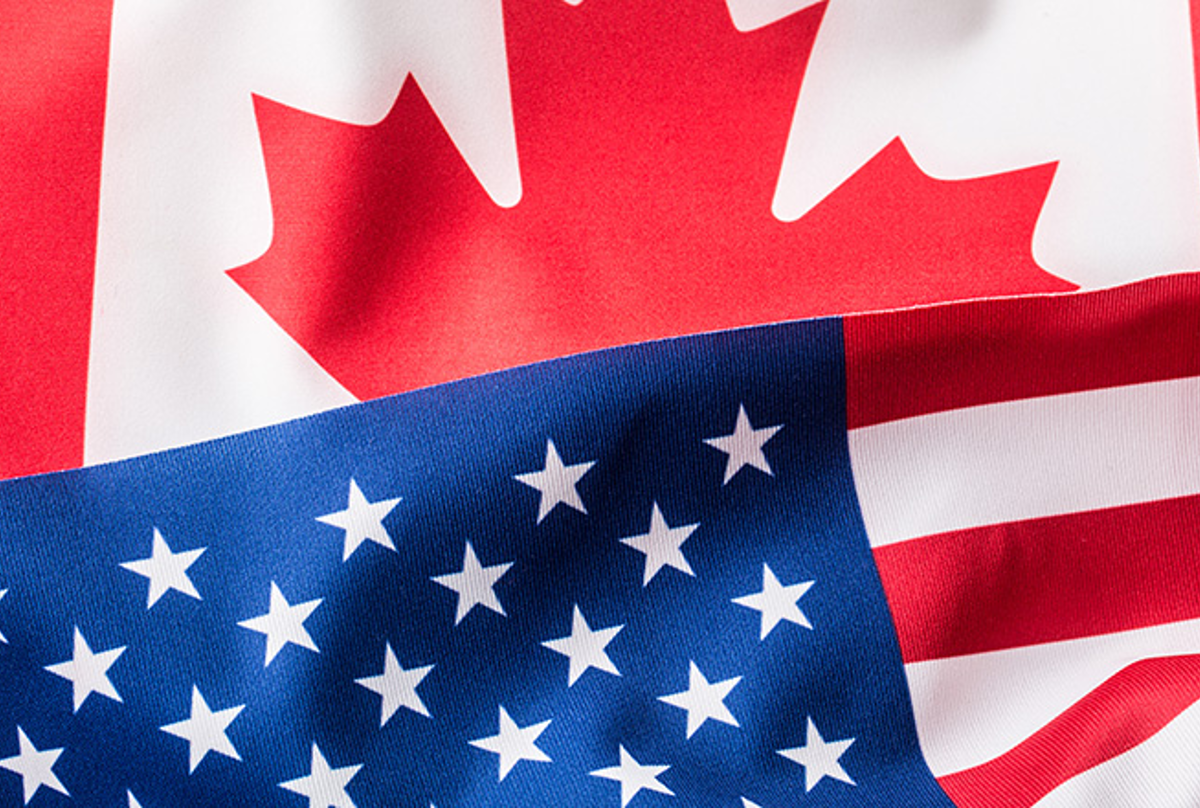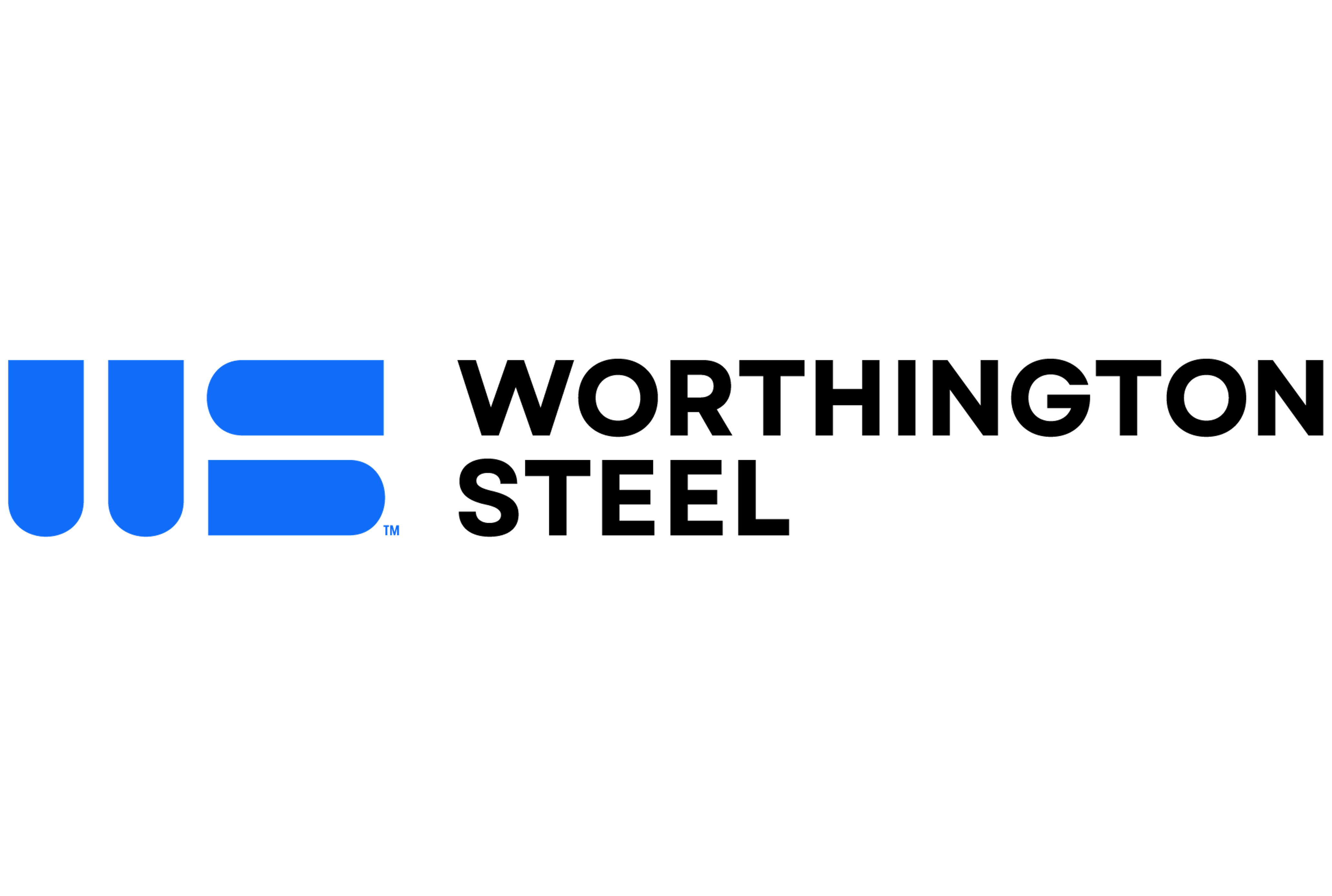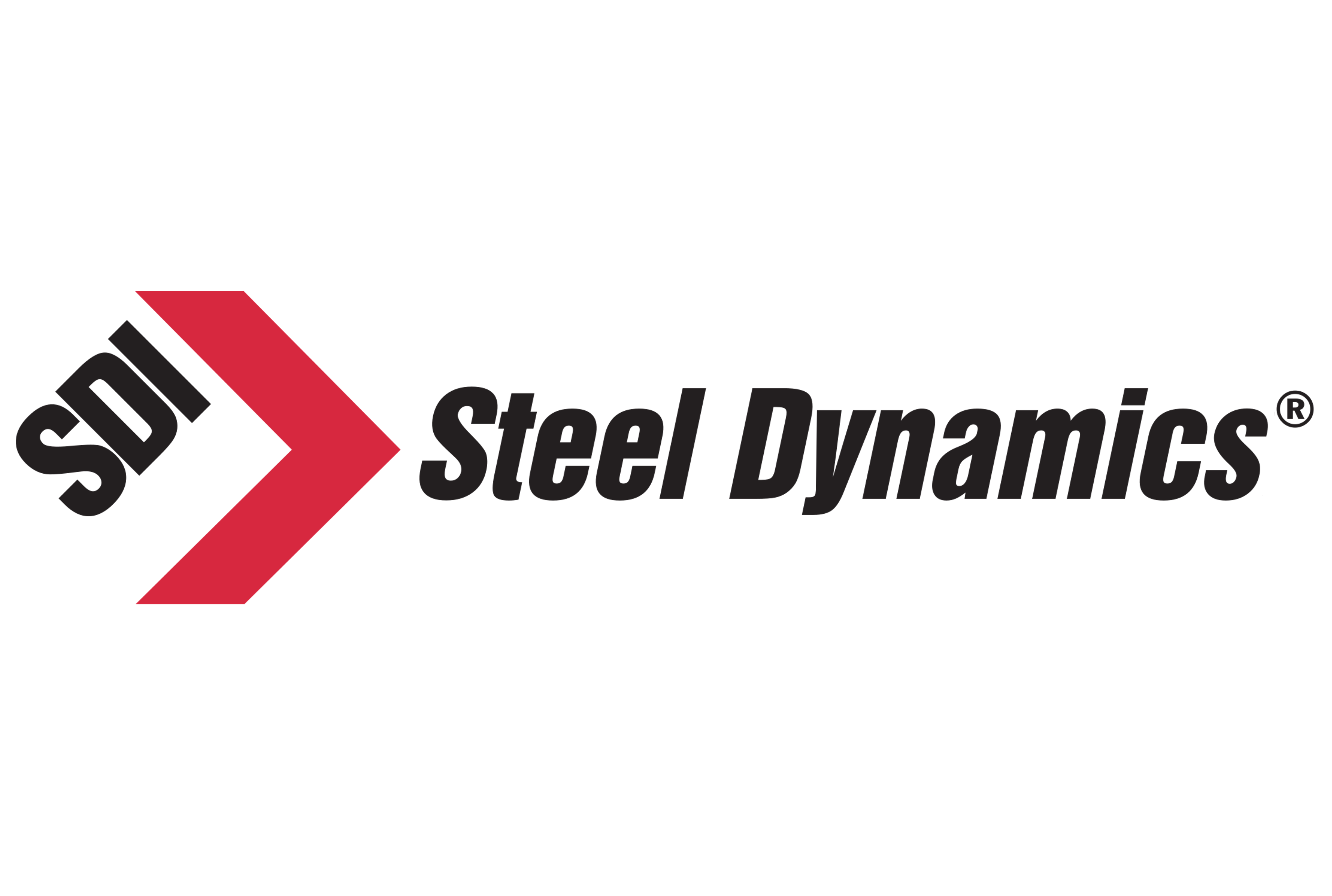Market Segment

March 9, 2022
SSAB Rolls Out Raw Material Surcharge Ahead of Expected Scrap Price Surge
Written by Michael Cowden
SSAB Americas will put in place a raw material surcharge (RMS) in response to skyrocketing raw material costs.
The Mobile, Ala.-based steelmaker said the move was necessary because of “extraordinary market pressures brought on by recent global events,” in a letter to customers dated Wednesday, March 9.
![]()
The global events in question are almost certainly a reference to Russian forces invading Ukraine in February and the consequences of the ensuing war.
Johnny Sjöström, head of special steels for SSAB, explained on an SMU Community Chat on Wednesday how that war – the ramifications of which are likely to be felt for years – has already led to spiraling costs and shortages in Europe.
SSAB is an important player in the plate market in the U.S. The company operates one plate mill in Mobile and another in Montpelier, Iowa.
In practical terms, the RMS will be based on prices for heavy melting scrap (HMS). If the price of heavy melt rises above $465 per gross ton, the RMS will rise dollar for dollar with that increase. SSAB will use the price of HMS on the third Tuesday of every month to make that determination.
If, for example, HMS prices went to $480 per gross ton by next Tuesday, SSAB customers would see an increase of $15 per ton. If prices fell below $465 per ton – to $450 per ton, for example – customers would see no increase.
The RMS will apply to all new spot orders and to existing contracts effective Feb. 27, 2022, SSAB said in the letter.
The steelmaker said HMS prices on the third Tuesday of February were at $410 per gross ton – below the $465-per-ton threshold – and therefore resulted in no RMS in March.
That is unlikely to be the case in April, with most market participants expecting sharp increases in prices for raw materials – including for scrap.
SSAB has in the past rolled out raw material surcharges and freight surcharges when prices surged. And the company did not rule out doing so again.
“We will continue to monitor other raw material input costs as well as transportation, fuel and operating energy costs,” the company said in the letter. “Additional surcharges will be considered and added as necessary.”
As for base prices, SMU’s plate price stands at $1,815 per ton ($90.75 per cwt) – roughly unchanged since mid-January.
Hot-rolled coil prices, in contrast, fell until early March but have since rebounded in large part because of raw material disruptions caused by the war in Ukraine.
By Michael Cowden, Michael@SteelMarketUpdate.com






